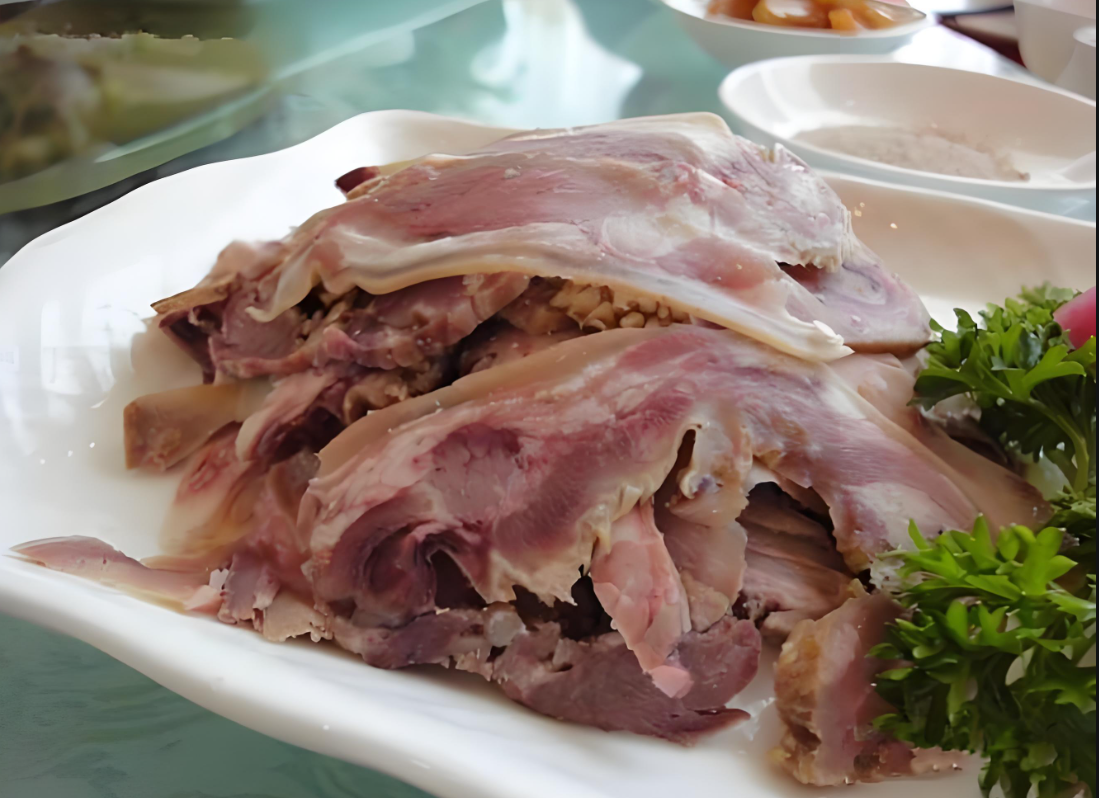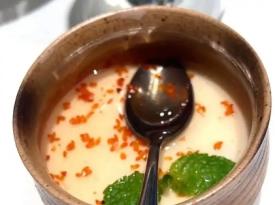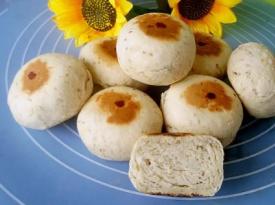Baishui Yangtou
Main Ingredient: Sheep's head. Generally, a sheep's head with tender meat and a moderate proportion of fat and lean is selected to ensure the taste and flavor of the dish. The treatment of the sheep's head is crucial. The wool, ears, and brain of the sheep need to be cleaned up, leaving only the sheep's head meat for cooking.
Accessory Ingredients: Spices such as Chinese prickly ash, cloves, and amomum villosum. Although these spices are used in small amounts, they play a crucial role in removing the fishy smell and enhancing the fragrance. In addition, salt and a small amount of sugar are also used for seasoning.

Taste: The taste is delicious, with a moderate saltiness. The saltiness of the salt and the natural deliciousness of the sheep's head meat blend together, and the flavors of the spices are subtly incorporated, adding rich layers of flavor without covering up the original taste of the sheep's head meat. The faint aroma of Chinese prickly ash and other spices spreads in the mouth, making the taste more mellow.
Texture: The texture of the sheep's head meat is soft and tender yet chewy. It is soft and tender because it has been cooked for a long time, making the sheep's head meat easy to chew and almost melting in the mouth. It is chewy because the sheep's head meat itself contains some fascia tissues. Under the right heat, these fascias give the meat a special elasticity. Biting into it gives a feeling of both softness and a bit of toughness, with a rich and delicate texture.
Preliminary Treatment of the Sheep's Head: First, the sheep's head needs to be thoroughly cleaned to remove stray hairs, dirt, and so on. Then, the sheep's head is soaked in clear water for a while to remove the blood and reduce the muttony smell. Next, the sheep's brain and other parts are removed, and the sheep's head meat is sorted out.
Cooking Process: Put the treated sheep's head into a pot, add sufficient clear water, put in Chinese prickly ash, cloves, amomum villosum and other spices, and then add an appropriate amount of salt and a small amount of sugar. Simmer slowly over a low fire. This process requires patience. Generally, it needs to be simmered for several hours until the sheep's head meat becomes soft and tender. During the cooking process, it is necessary to skim off the foam to ensure the clarity of the soup and the pure taste of the sheep's head meat.
Slicing and Plating: After the sheep's head meat is cooked, take it out, drain the water, let it cool slightly, and then use a sharp knife to cut the sheep's head meat into thin slices. Arrange the slices evenly on the plate and sprinkle a little of the crushed spices used for cooking the sheep's head, and then it can be served.
previous: Aiwowo
next: Mutton Hot Pot




